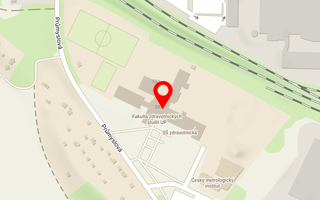Publikace detail
Rhinogenic Orbital Inflammation - What Has Changed over the Past 50 Years?
Autoři:
Chrobok Viktor | Pellant Arnošt | Mandysová Petra | Mejzlík Jan | Dědková Jana | Čelakovský Petr
Rok: 2019
Druh publikace: článek v odborném periodiku
Název zdroje: Acta Medica (Hradec Králové)
Strana od-do: 94-98
